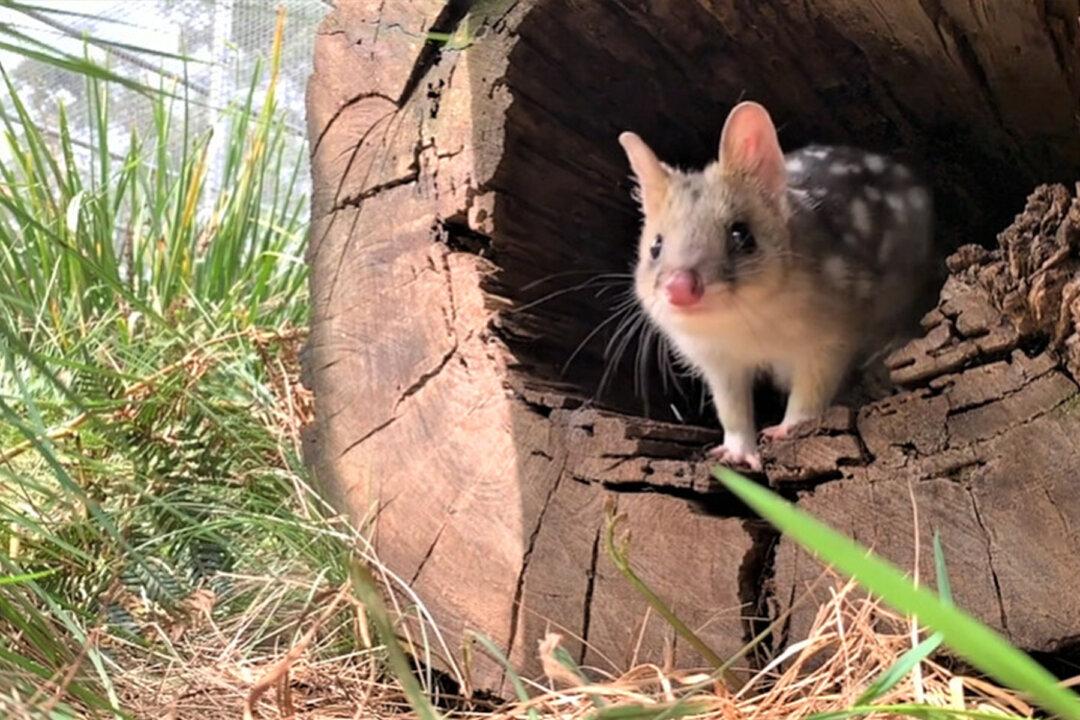The Eastern quoll, a spotted marsupial that was extinct from mainland Australia for almost six decades, has been reintroduced by the conservation group Aussie Ark.
Twenty-eight quolls were released into the Barrington Wildlife Sanctuary at Barrington Tops, New South Wales, in early September. The reintroduction of the vulnerable critter marks the culmination of a dedicated breeding program that has seen numbers swell to 90 quolls and counting.





